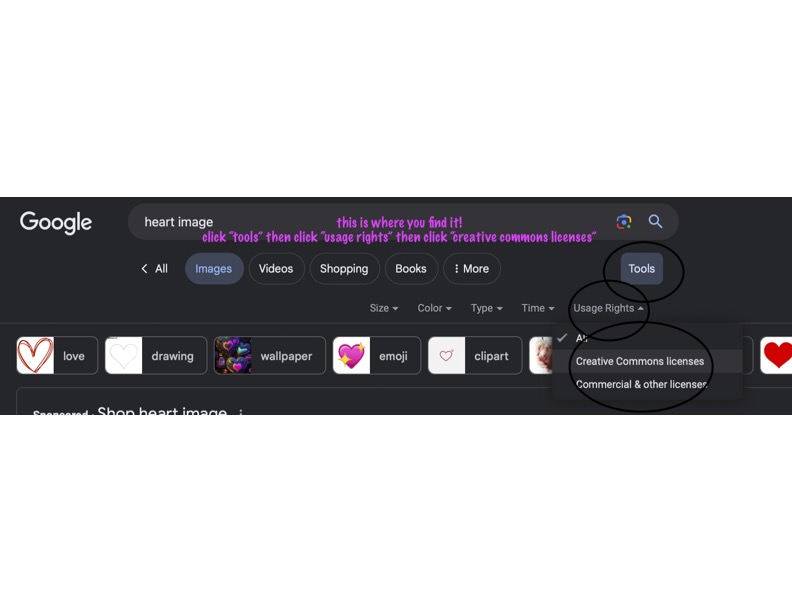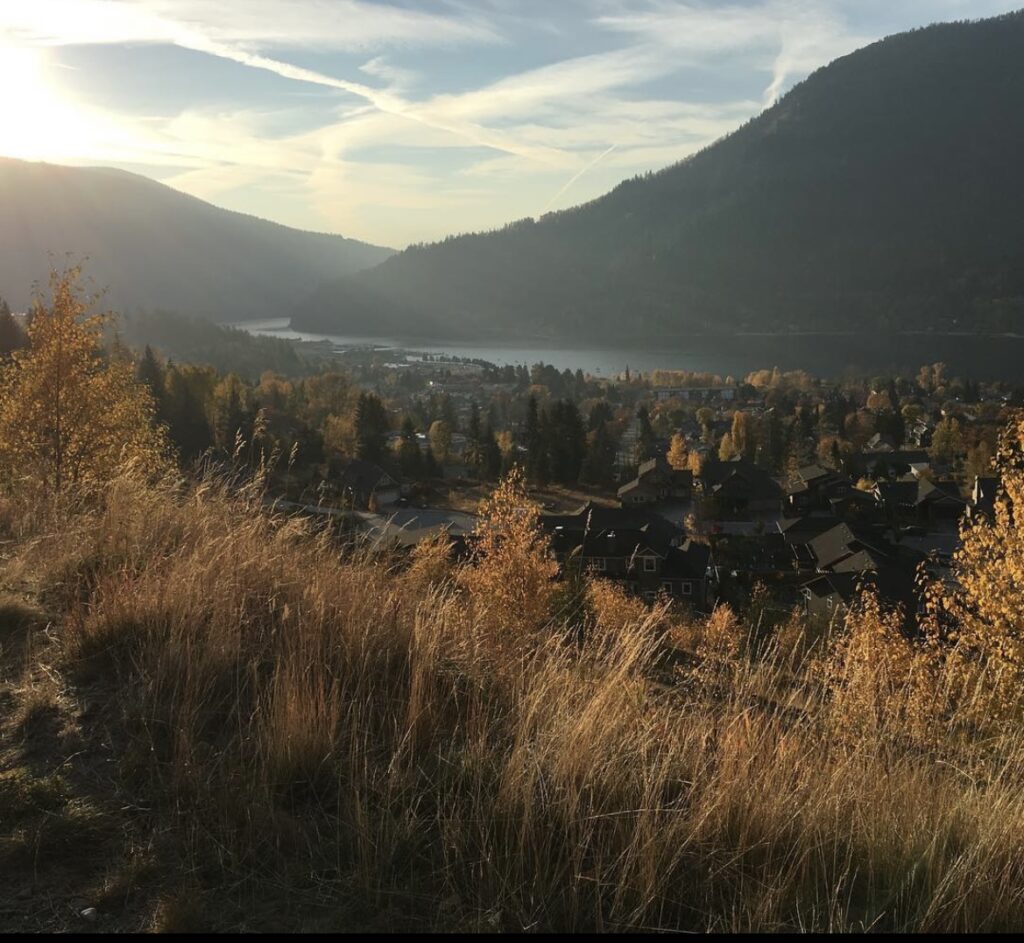Learning About Copyright
Week 3 was very informational for me. In our first semester, a professor had touched on the subject that we as teachers can only use a certain amount of resources from the internet without getting in trouble with copyright. This was all that was said and so it freaked me, (as well as my friends) out after hearing this because we felt we had no elaboration and were lost on where to go to find more information… That’s where this class came in and saved the day!
First of all, I embarrassingly had no idea that there was such a thing as “creative commons licenses”for finding images on google that are not copyrighted and therefore you can use. I was very fascinated by this, and also shocked that I had no idea about it until this class. However I am very grateful for learning about this tool.

Screenshot from Google Images
Secondly, I appreciate having a new resource like Open Educational Resources (OERs) that was shown in class. These resources reduce my anxiety on the topic of copyright and what we as teachers can and can’t use, and this will be a very valuable website in my future teaching career. I respect that in class we touched on attributing and celebrating OERs by giving credit to their information and pictures. I think a lot of us (including me) forget how important it is to do this. I should know especially because my dad was a photographer and editor of our local newspaper, and every time someone used his photo or article without crediting him, I was stuck with listening to his rant on how disrespectful it was, so sorry dad for sometimes forgetting to celebrate people’s work, I will do better! Click here to get an easy way to build a citation and give credit!
I like the idea of using multimedia in a classroom to record the session, so students can look back and use the video as a tool. I think this can be very beneficial because if students feel like they need to review a lesson that they didn’t quite get, they can slow it down, or review it whenever they want. Canva is a great screencasting platform that appealed to me the most.
Live It Earth
Having David Russell-Loewen zoom in to speak to us was great. I loved being able to go through the resource and see what it was all about. My group chose to do the STEAM dog treat challenge and I instantly knew that Live It Earth is going to be used in my future classroom. The programs are so engaging for kids, and they have many cross curricular components. When my group and I were discussing the lesson, Hannah came up with the idea of turning the dog treat challenge into a math lesson as the dog treats incorporated fractions and measuring. Another member in our group then came up with the idea of not just limiting it to dogs, but any animal a student might have at home. Our group had lots of fun discussing and thinking of ways we can bring this resource into our future classrooms. Upon further exploration of the website I love that it incorporates Indigenous perspectives and that it’s not just students sitting on screens and doing an activity on the computer, it actually gets students engaged and doing activities inside and outside the classroom and off of technology which is much needed these days (in certain aspects). Also Live It Earth gets bonus points because David Russell-Loewen is working with the programs in my home town of Nelson BC and the Kokanee salmon lesson was filmed at the park that I went on lots of field trips to when I was younger, so that’s pretty cool!

Photo by Ashley Hall licensed under CC BY 4.0
Leave a Reply
You must be logged in to post a comment.